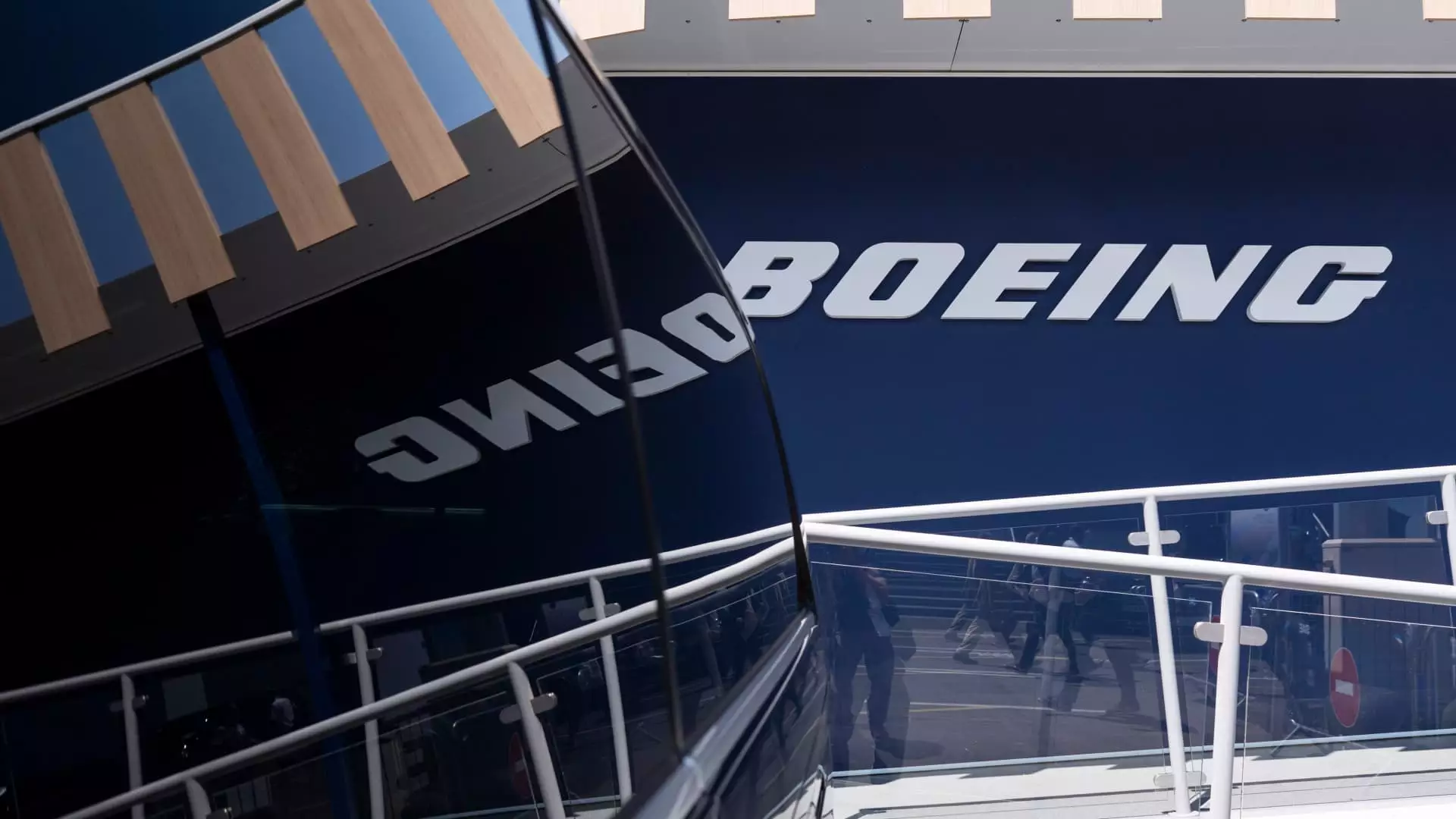For more than half a decade, Boeing’s reputation and financial stability have been in freefall, tarnished by deadly crashes, production delays, and leadership failures. The aerospace giant, once a symbol of American engineering prowess, now teeters on the brink of a critical identity crisis. Despite recent glimmers of hope, the path to genuine recovery remains riddled with peril. Under the guise of CEO Kelly Ortberg’s leadership, Boeing claims to be turning a corner, yet the scars of past missteps continue to haunt its core operations. The popular notion of a renaissance is, in reality, a fragile façade masking deep structural weaknesses that threaten the company’s long-term viability.
Leadership and the Illusion of Change
Ortberg’s ascension last year was heralded by some as a fresh start, but closer scrutiny reveals a leadership trying to patch a sinking ship with temporary fixes. His background as an engineer and aerospace veteran may lend credibility, but experience alone cannot guarantee transformation if systemic issues persist. The significant cost-cutting measures, layoffs, and restructuring initiatives are merely bandages on a wound that requires more comprehensive, cultural overhaul. The fact that Boeing’s business climate is still heavily dependent on government contracts, regulatory approvals, and market confidence underscores the need for genuine internal reform rather than superficial adjustments. Simply showing up and “talking to people,” as some analysts suggest, doesn’t deepen the roots necessary for real change—an organization’s survival depends on meaningful, transparent, and sustained cultural evolution.
Operational Turmoil and Persistent Flaws
High-profile QA mishaps such as the door plug failure on a Boeing 737 Max highlight how systemic quality control failures continue to undermine Boeing’s reputation. These incidents aren’t isolated but symptomatic of a broader complacency and pressure to meet delivery targets at all costs. The aftermath of the Max crashes and the subsequent legal and regulatory dramas have left deep scars on Boeing’s credibility. While leadership claims to be making progress, the reality reflects a company struggling to reconcile aggressive production goals with quality assurance. The recent setbacks—like the production cap by the FAA—favor increased oversight rather than fostering an environment of innovation and confidence. The challenge now is balancing the imperative to ramp up delivery without sacrificing safety and reliability—a feat that remains elusive given Boeing’s troubled history.
Market Perception and Customer Confidence
Industry insiders’ cautious optimism about Boeing’s future is, at best, a tentative hope rooted in superficial improvements. The airline customers’ wariness extends beyond mere production numbers; their doubts are rooted in repeated failures and the lingering scars of past tragedies. While airlines like Southwest and United recognize the strides in delivery predictability, uncertainties about new aircraft certifications and future performance cast long shadows. The delay in certifying the Max 7 and Max 10 exemplifies how regulatory and technical hurdles threaten to derail recovery efforts. Boeing’s reputation is inextricably linked to its safety record and reliable delivery schedule, and until these issues are definitively resolved, customer trust will remain fragile.
The Future of Boeing’s Innovation and Market Leadership
Without significant innovation and bold strategic repositioning, Boeing risks losing its competitive edge entirely. The venerable 737, launched over half a century ago, signifies stagnation as much as it does heritage. Industry debates about a new mid-sized jet underline that Boeing must embrace renewal and adapt to evolving market demands. Yet, internal reluctance and external skepticism have delayed such initiatives, allowing Airbus to gain ground. The company’s hesitant stance on launching new aircraft sends a troubling signal: a company still paralyzed by its past failures and afraid to make the leap into the future. If Boeing does not accelerate its commitment to groundbreaking designs, it could be relegated to a secondary supplier role, losing its influence and market share to more daring competitors.
Boeing’s journey towards stability is fraught with contradictions. The veneer of progress, cultivated by a leadership eager to show short-term gains, masks deep-rooted issues of safety, quality, and innovation. Its strategic decisions and operational reforms are still in their infancy, and the scars of the previous decade’s failures have yet to fully heal. The company’s future hinges not only on its ability to meet production targets but on its capacity to restore confidence—among regulators, customers, and the public—that it can prioritize safety without sacrificing competitiveness. Without a fundamental cultural shift and a willingness to embrace innovation, Boeing risks slipping further behind, jeopardizing its legacy and the future of American aerospace leadership.

